News
Power Plant: How A Grass Might Generate Fuel And Help Fix Damaged Mine Lands
By: Liam Niemeyer | Ohio Valley ReSource
Posted on:
Down bumpy back roads deep in central West Virginia, a flat, bright green pasture opens up among the rolling hills of coffee-colored trees.
Wildflowers and butterflies dot the pasture, but West Virginia University Professor Jeff Skousen is here for something else that stands above the rest of the Appalachian scenery – literally.
Thick stalks of green-yellowish grass reach up ten feet into the air like a beanstalk out of a fairy tale, and Skousen is dwarfed by it.
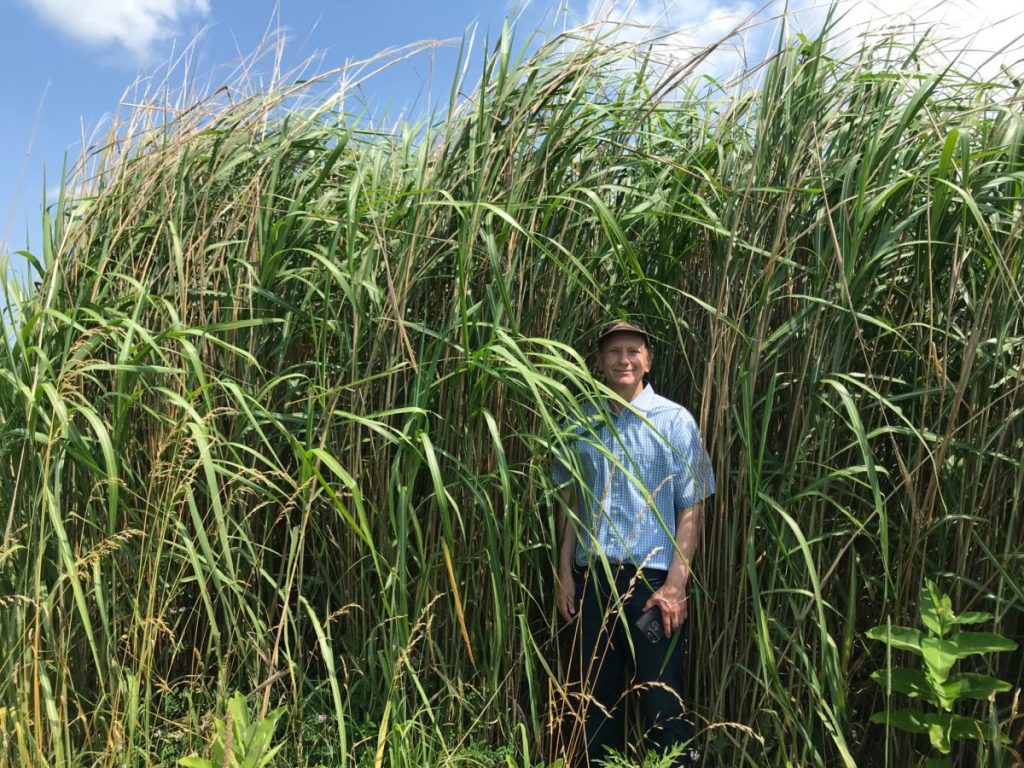
Skousen and a team of graduate students have grown giant miscanthus for close to a decade here near Alton, West Virginia, a place that wasn’t always a pasture.
The site is one of numerous old surface coal mines across the Ohio Valley that was reclaimed, replacing the once barren ground with a layer of rocky topsoil.
The cumulative size of land impacted by strip mines across central Appalachia is roughly the size of the state of Delaware – roughly 1.5 million acres – according to a 2018 Duke University study.
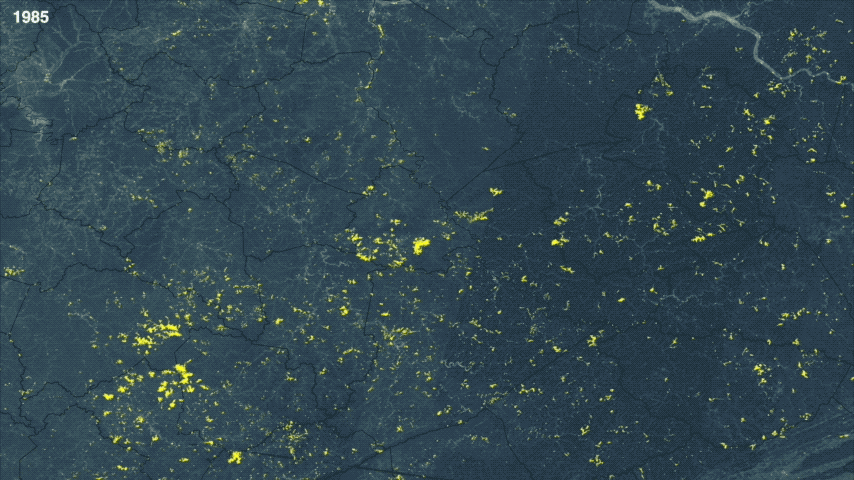
While other agricultural crops struggle with the poor soil quality here from past mining, giant miscanthus thrives.
“We’ve never fertilized them. We’ve never done anything to them other than let them grow,” Skousen said. “Which demonstrates their ability to grow on marginal mine land areas at this kind of rate, every year.”
And that rate is rapid: for every two tons of grassy material a regular pasture produces, Skousen estimates miscanthus grows 10 to 12 tons. That grassy material is what is called biomass, which can be turned into value-added products like heating pellets, biofuels like ethanol, and more.
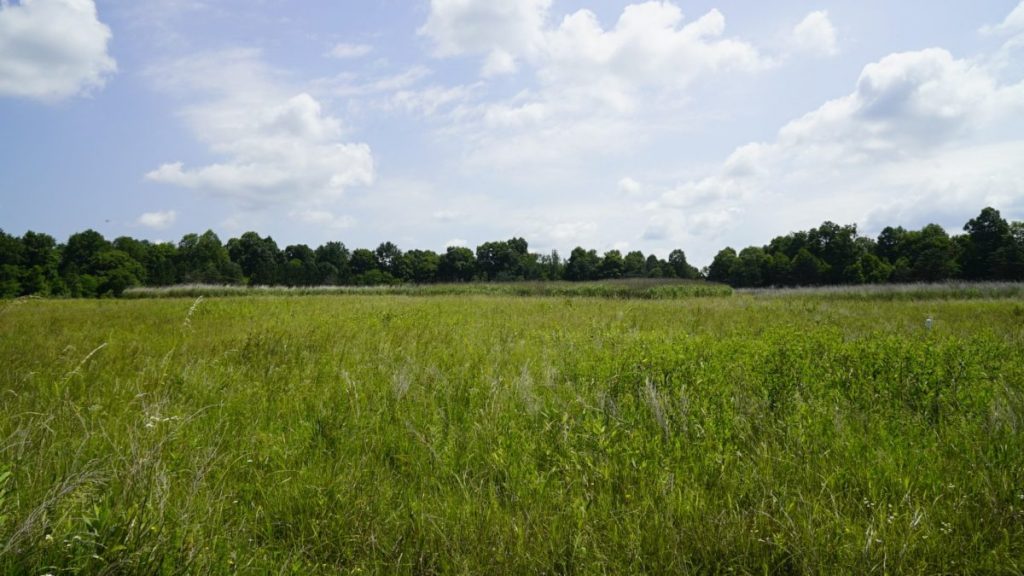
Skousen and other researchers see potential in giant miscanthus not only to create economic opportunity in Appalachia but to revitalize reclaimed strip mines and help reduce the emissions that cause climate change. Yet the commercial market for this “power plant” has yet to bloom, and some wonder whether it’s ultimately the best path for reclaimed mine land.
Root of the Matter
Ohio State University Professor Rattan Lal’s study of soil has spanned five decades and several countries.
“The health of soil, plants, animals and people is one and indivisible,” Lal said. “We need to reclaim these mine lands in one way or the other because they’re an important resource in terms of land area.”
He led a team of researchers in a recent three-year study to grow plots of miscanthus on a former strip mine near Zanesville, Ohio, and he also saw similar biomass growth. Yet the plant’s root system also intrigues Lal.
“At the same time, it sequesters carbon in the soil,” Lal said.
Carbon sequestration is the process of trapping and storing carbon emissions from the air to mitigate the effects of climate change. Lal said giant miscanthus is especially good at doing just that through sucking carbon through leaves and storing the carbon in roots.
“[Miscanthus] could become a sink for greenhouse gases … while at the same time produce biofuel, which is a substitute for fossil fuel,” Lal said. “Once it’s established, I think it should be a carbon-negative technology.”
Not only is there a potential benefit in combating climate change, but Lal said the soil quality could improve after several years, too, as microorganisms eat the extra stored carbon.
“The soil may be improved well enough that it could be used for other things such as corn or soybeans,” Lal said. “Coal mining was the source of emission gases. And now [miscanthus is] a solution. So that is to me, as an environmental researcher, even more critical than the money part.”
Efforts to make a profit from miscanthus in the Ohio Valley also date back a decade, but not all theses efforts were successful.
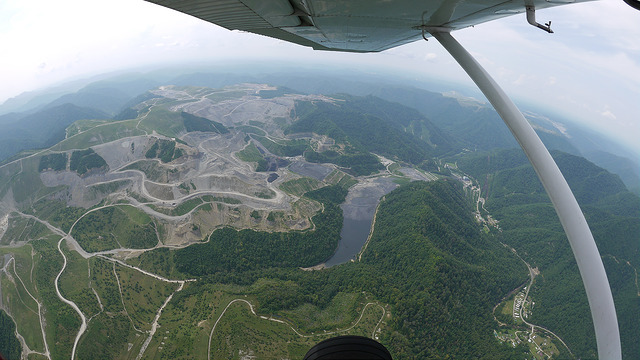
Unsteady Markets
Jeff Lowe believed he was at the cutting edge of a new industry when he launched his east Kentucky company Midwestern Biofuels LLC in 2009.
“What’s only being talked about in other places is being done right here,” Lowe told the Associated Press at the time, alongside former Kentucky Gov. Steve Beshear and other state officials.
His company had planned to recruit local farmers to grow hundreds of acres of miscanthus to be turned into pellets, which would then be mixed into coal-fired electricity plants in the Ohio Valley.
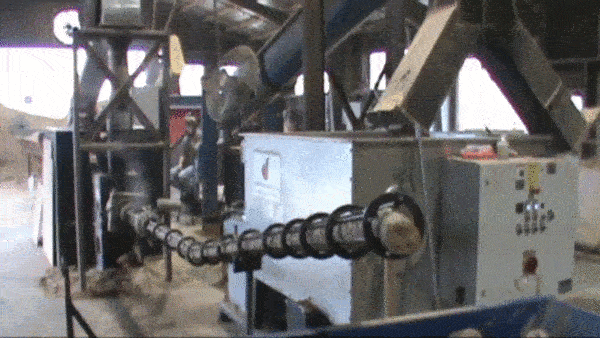
First Energy announced in 2009 the utility planned to transition the coal-fired R.E. Burger Power Station in Shadyside, Ohio, to burn exclusively biomass to cut costs and meet state renewable energy regulations. Lowe said a contract was in the works to burn his miscanthus pellets there, but it ultimately fell through.
The company a year later changed directions and decided to retire the plant instead, citing falling electricity prices and falling demand from the 2008 recession. Lowe closed Midwestern Biofuels LLC in 2013.
“We had no sales. We go from having complete capacity from one of the plants to nothing, overnight,” Lowe said. “If you’re not required to do it, then you generally don’t do it.”
The relative lack of commercial appeal for miscanthus is a challenge that entrepreneurs and researchers alike are still trying to tackle.
One company in Ashtabula County, in northeast Ohio, Aloterra Energy, stopped making biofuels from miscanthus because it was too costly.
“You can’t store our stuff outside in pellets because it’ll take water on, and coal is often outside in the elements,” Aloterra Energy Co-founder Jon Griswold said. “I wouldn’t be surprised if we looked at everything.”
Despite those initial market challenges, Aloterra Energy is now using miscanthus to make products including recyclable food packaging and industrial absorbents.
“This is a growth industry. It just takes so long for people to figure out what you’re doing and why they need to be involved,” Griswold said.
Burning Questions
Yet some environmental activists are skeptical regarding the biofuel potential of miscanthus.
Kentuckians for the Commonwealth, a statewide progressive advocacy group, published a report in 2017 detailing how Kentucky could meet and go beyond the energy regulations put forth by the Obama-era Clean Power Plan, which was repealed and replaced last month.
The plan specifically excluded burning biomass as a viable energy option, because the organization didn’t generally consider biomass a carbon-neutral resource.
KFTC member Cassia Herron said while she isn’t completely against the idea of miscanthus as a biofuel, how these emissions are potentially regulated is key.
“The devil’s in the details in how you regulate such activity,” Herron said. “What does burning anything do to our community? And then how are regulatory agencies set up on a level to minimize those impacts?”
KFTC in its reasoning against biomass cited research from Partnership for Policy Integrity, an environmental nonprofit that specializes in biomass policy.
PFPI President Mary Booth said the added fossil fuel costs could be significant in transporting miscanthus from remote reclaimed mine sites and turning it into biofuel or biomass pellets.
“It really does eat into the net carbon emissions. It can really increase the carbon footprint of a pellet made from miscanthus,” Booth said.
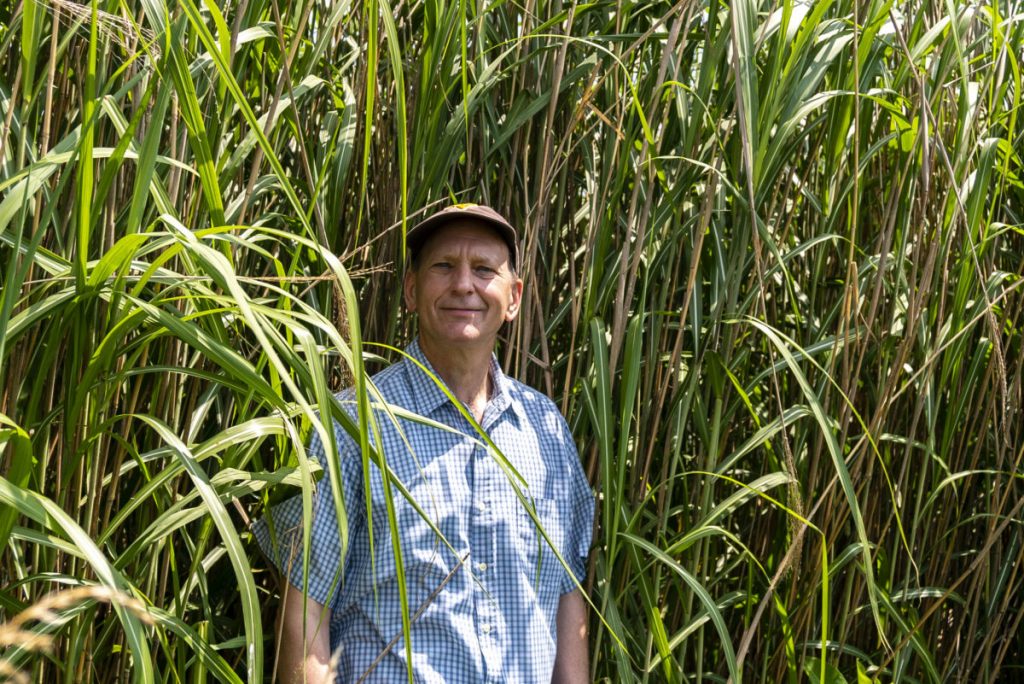
Skousen has seen the decline of the coal industry the past decade and various efforts to use the land that’s left behind. Ultimately, he wants to see the potential of that land fulfilled.
“Land is a permanent resource. And it’s always here. Even if it wasn’t reclaimed exactly the way we want it for that post-mining land use, we can change it,” Skousen said. “I just wish we could use these lands in a little bit more productive way.”
ReSource reporter Brittany Patterson contributed to this story.

